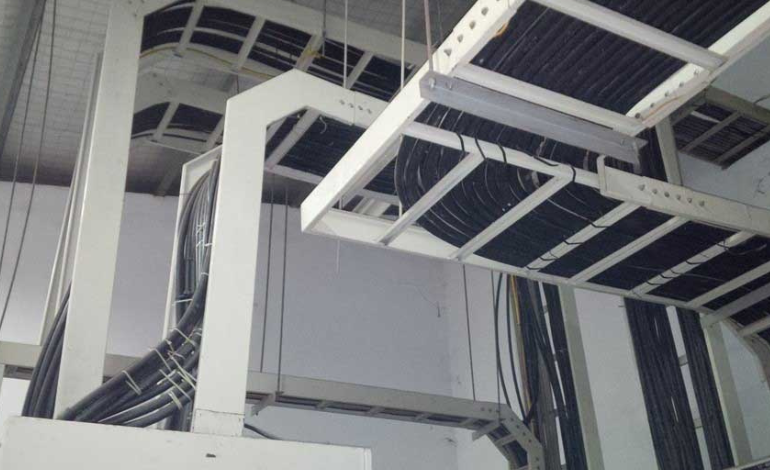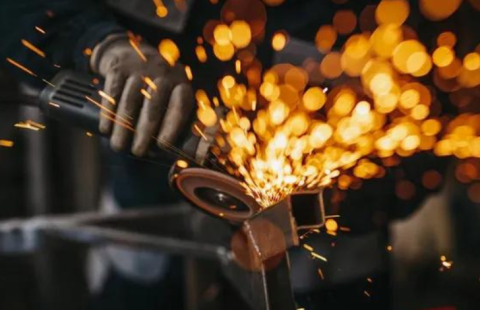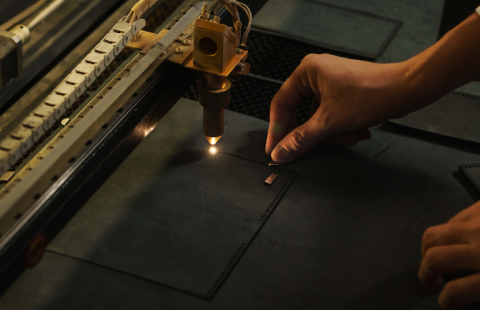Blog
- Home
- Cable Tray
- Cable Tray and Ladder Design Considerations for Optimal Performance: Building the Backbone of Your Electrical System

Cable Tray and Ladder Design Considerations for Optimal Performance: Building the Backbone of Your Electrical System
Introduction
In the intricate world of electrical infrastructure, humble cable trays and ladders play a crucial role. They are the silent heroes, channeling the lifeblood of electricity throughout buildings and facilities, ensuring smooth operation and safety. But like any hero, their effectiveness relies on a well-designed stage. This blog post dives into the key considerations for designing cable tray and ladder systems for optimal performance, ensuring your electrical system hums like a well-oiled machine.
1. Weighty Matters: Load Capacity and Cable Support
Imagine a gymnast performing on a flimsy tightrope. Not a pretty picture, right? Similarly, overloading cable trays can lead to disastrous consequences. Exceeding the weight capacity can cause sagging, deformation, and ultimately, system failure. Therefore, accurately calculating the total weight of cables becomes paramount. This includes not just the individual cable weights but also their bundling configurations and potential future additions. Remember, it’s always better to overestimate than underestimate!
Once you have the weight, choosing the right tray or ladder material and size comes next. Aluminum and galvanized steel are popular choices, offering a good balance of strength, weight, and cost. For heavier loads, consider reinforced options or opting for ladder systems instead of trays. The key is to find the perfect balance between cost and capability, ensuring your cables are supported like Olympic athletes on a sturdy podium.
2. Bend It Like Beckham: Maintaining Safe Bending Radii
Cables, unlike their human counterparts, don’t enjoy sharp turns. Bending cables beyond their recommended radius can damage their internal conductors, compromising performance and creating safety hazards. When designing your cable tray or ladder system, ensure there’s ample space for cables to gracefully curve, adhering to their minimum bend radius specifications. This might involve using wider trays, installing support brackets, or even opting for specialized bendable ladder systems. Remember, a gentle bend is a happy bend, both for your cables and your peace of mind.
3. Fiery Fury: Fire Resistance and Protection
In the unfortunate event of a fire, your cable system shouldn’t become an accomplice. Choosing cable trays and ladders with appropriate fire resistance ratings is crucial to ensure the integrity of your electrical circuits and minimize the spread of flames. Fire-rated cable trays often utilize intumescent paint or cementitious linings that expand and insulate the cables in case of fire. Additionally, cable segregation and compartmentalization within the trays can further enhance fire safety. Remember, a little foresight can go a long way in preventing a fiery disaster.
Beyond the Basics: Optimizing for Efficiency and Aesthetics
While the points above lay the foundation for optimal performance, there’s more to cable tray and ladder design than just meeting the bare minimum. Consider these additional factors for an even more efficient and aesthetically pleasing system:
Maintenance Access: Ensure easy access to cables for future maintenance and repairs. Removable covers or hinged sections can be helpful.
Corrosion Resistance: If your system is exposed to harsh environments, choose corrosion-resistant materials like stainless steel or opt for protective coatings.
Aesthetics: Don’t underestimate the visual impact of your cable system. Consider paint finishes or even custom-designed covers to blend seamlessly with your surroundings.
Conclusion
Designing cable tray and ladder systems isn’t rocket science, but it requires careful consideration and attention to detail. By understanding the key factors like load capacity, bend radius, and fire resistance, you can build a system that not only functions flawlessly but also enhances the safety and aesthetics of your electrical infrastructure. Remember, these silent heroes deserve a well-designed stage, so give them the respect they deserve, and your electrical system will reward you with years of reliable performance.


